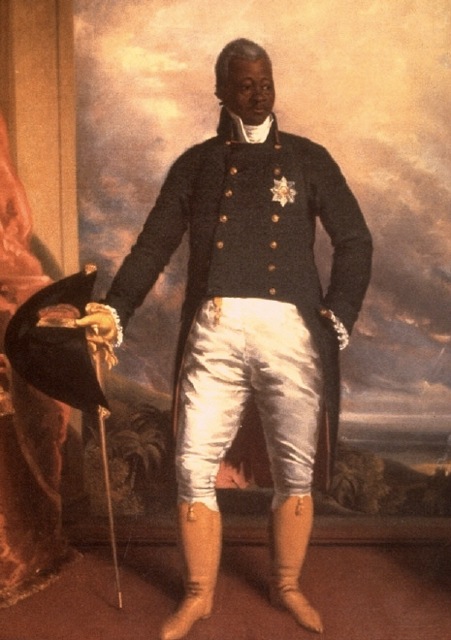Mar
29
The Trifecta Completed
Posted by: | March 29, 2010 | Comments Off on The Trifecta Completed
For some reason I had a feeling this day would come. Today is a joyous day, a day of celebration, for I have the distinct honor of writing a highlight reel of my literary adventures. Well, okay, I’m really not as excited as the preceding sentence might have suggested, but I’m still pretty stoked. Lets get this show on the road!
The three contenders for MVN (Most Valuable Novel) this season are El reino de este mundo by Alejo Carpentier, Cien años de soledad by Gabriel García Márquez and Leyendas de Guatemala by Miguel Ángel Asturias. Each of the three has played well this season, but there can only be one true champion. Lets recap the excitement of this season.
Leyendas was the first player to get notice this season, and for good reason. Page after page, we were left dazzled by the visceral natural imagery and sense of fantasy in the novel. Coach Asturias really did an amazing job of bringing Guatemalan legends to life. Talking animals, divine signs from nature and an unhealthy obsession with linking the old to the new in Guatemala are just some of the features that made this novel stand out from the pack. Ultimately, however, Leyendas came up a bit short in the magical realism league. It definitely had some aspects that one might consider “magical” but came up pretty short in the realism department. Can’t argue that this contender definitely made a significant impact though.
Next up we have El reino de este mundo by Alejo Carpentier. It’s hard not to like this novel, it’s really got some good moves. Set during the Haitian revolution, El reino has roots firmly planted in reality. Many of the characters were real people, and the same applies to many of the events contained within the novel. Luckily, the novel takes some liberties with its base of reality and embellishes the truth in a mystical and captivating way for the reader. Much of the mysticism in the novel helps create a contrast between the differing beliefs, attitudes and religious practices of the colonials in Haiti and the black slave populace. An interesting feature of this novel was undoubtedly the way in which Carpentier explored the gray area between what was distinctly colonial and what was distinctly black. Just as the color gray is a mixture of black and white, Carpentier explored the idea that the lines between colonials and slaves became blurred over the course of the revolution, and a third “hybrid” class was the result (This insight isn’t pure bs, it’s an observation from the literature for our wikipedia article). In the end Carpentier illustrates the brutal cyclical nature of conflict in the pursuit of progress.
Last but not least, Mr. Márquez’s masterpiece, Cien años de soledad was probably one of the most captivating pieces of literature to ever grace my eyes. Reading Cien años was probably one of the single most moving literary experiences I have ever had. From the first page to the last, Márquez tells a story that is truly captivating. While the pacing of the novel itself feels frantic and the passing of time does not always seem continuous, Márquez manages to create an unbelievably deep and complex work. The novel illustrates the rise and fall of the Buendia family, which also coincides with the ascension and demise of the town in which they lived. Oh yeah, there’s a revolution that happens too. While telling his story, Márquez tries to create a sense of “reality” through the characters and setting of the novel. However, this reality is distorted and spiked with magical elements. In this respect, Márquez creates a deeper sense of fiction, within his own fiction.
The difficult question that now must be answered is what can be said about these novels, in a comparative sense? As Jon mentioned in one of the first lectures, these novels represent the path to the birth of what we now refer to as magical realism. Leyendas was a bit raw as a novel and, in many respects, was not so much a novel about magical realism but rather a retelling of legends for future generations. As with any good story teller, Asturias presented the legends with his own personal twist that enriched the legends. Of the three novels, I feel that Leyendas has the least in common. Carpentier and Márquez’s novels undoubtedly have the most in common. Thematically, Márquez and Carpentier both use their novels as a means to provide commentary and the brutal nature of armed conflict, and the futility of revolutions. This theme is central to Carpentier’s novel, but plays a somewhat lesser role in Márquez’s work. What really separates the two novels is the fact that Carpentier’s setting and characters are based in reality, whereas Márquez creates a reality. Both novels have so called “magical” elements coursing through the pages, but the impact of these magical elements seems more pronounced in Márquez’s novel.

